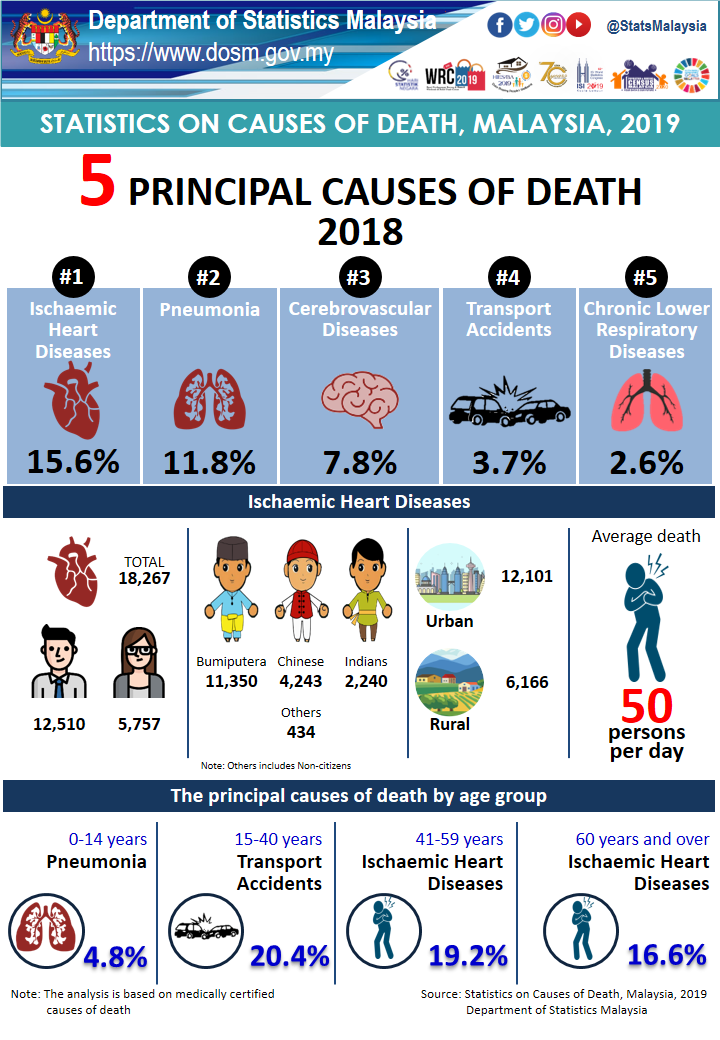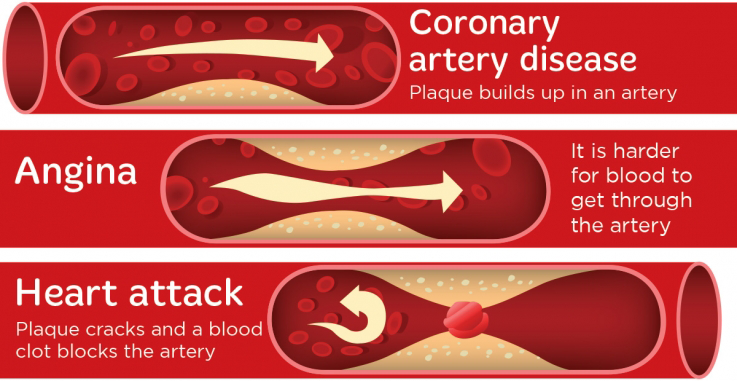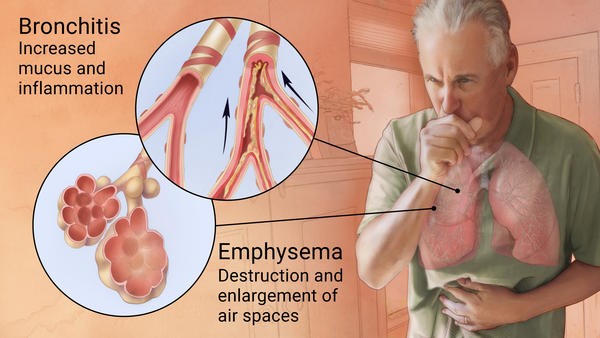Leading Causes of Death in Malaysia
According to the World Health Organization (WHO), the average human lifespan was reported as 72 years in 2016 (1). Notably, Malaysia's life expectancy stood at 76.07 years in 2019, with a subsequent increase to 76.22 years in 2020, marking a 0.19% rise from the previous year (2). This evolution prompts us to inquire about the factors underpinning this fluctuation in life expectancy within Malaysia. In this discourse, we delve into a comprehensive exploration of the myriad factors that shape life expectancy, focusing specifically on the determinants of mortality in Malaysia.

According to the statistics furnished by the Department of Statistics Malaysia on October 30, 2019, Ischaemic heart disease emerged as the leading cause of death, accounting for 15.6% of all fatalities, encompassing both males and females (3). Ischaemic heart disease, characterized by the constriction of heart arteries, results in diminished blood oxygen supply to the heart muscle. This condition, often referred to as coronary artery disease or coronary heart disease, which can ultimately lead to heart attack.

Subsequently, the statistical data reveals another significant contributor to mortality: Pneumonia, equally accounting for 15.6% of deaths (3). Pneumonia, an infection that inflames the air sacs within one or both lungs, can result in the accumulation of fluid or pus within these sacs. This inflammation leads to symptoms like coughing with phlegm or pus, elevated fever, chills, and labored breathing. Pneumonia can be triggered by a spectrum of microorganisms, encompassing bacteria, viruses, and fungi. Its severity spans from mild to life-threatening, posing the most substantial risk to infants, young children, individuals above 65 years of age, and those with underlying health conditions or compromised immune systems (5).

Ranking as the third leading cause of death in Malaysia, cerebrovascular diseases emerge prominently (3). The term "cerebrovascular" amalgamates two components— "cerebro," denoting a substantial part of the brain, and "vascular," signifying arteries and veins. Together, "cerebrovascular" encapsulates the intricate network of blood flow within the brain. This category of disease encompasses all conditions wherein a sector of the brain experiences transient or permanent effects due to restricted blood supply or hemorrhage, with one or more cerebral blood vessels being implicated in the pathological process. The spectrum of cerebrovascular disease spans from strokes to conditions such as carotid stenosis, vertebral stenosis, intracranial stenosis, aneurysms, and vascular malformations (6).

Interestingly, transport accidents accounted for only 3.7% of the total (3). It's noteworthy that the Malaysian fatality rate for transport accidents has remained unaltered since 2007. The Global Status Report on Road Safety, jointly published by the WHO and the World Bank in December 2018, revealed that Malaysia recorded 7,152 deaths in 2016, with males comprising 87% and females 13% of the total. Among road traffic deaths, motorcyclists constituted over half of the casualties. A deeper exploration into motorcycle fatalities highlighted that the majority were riders (89%), with individuals aged 16 to 20 years accounting for 22.5% (7).
Chronic Lower Respiratory Disease (CLRD) emerges as another notable cause of death in Malaysia (3). CLRD encompasses three key ailments – chronic bronchitis, emphysema, and asthma – all characterized by breathlessness due to airway obstruction. While chronic bronchitis and emphysema involve irreversible obstruction, asthma's obstruction is reversible. Chronic bronchitis is typified by a productive cough occurring most days of the month for at least three consecutive months over two years. Emphysema involves the permanent enlargement of air spaces at the bronchioles' termini, accompanied by the destruction of their walls. Smoking is a primary cause of emphysema, yet approximately half of emphysema patients have an inherited condition known as alpha-1 antitrypsin (ATT) deficiency. ATT, a liver-produced protein, can be deactivated by cigarette smoke. Ordinarily, ATT functions to inhibit elastase, an enzyme that targets elastin, a crucial protein in lung structure. As elastin degradation occurs, alveolar walls may collapse, forming enlarged, irreversibly distended air sacs (8).

We can infer from the above-mentioned statistics that diseases played a significant role among the common causes of death. Malaysians should therefore act wisely in order to increase our average lifespan. By altering our lifestyle, we can take control of a health issue. Additionally, what we eat is important. Have you heard the saying, "You are what you eat"? Change your eating habits today to start taking care of your health.
References
- World Health Organization. 2020. Life Expectancy. [online] Available at: https://www.who.int/gho/mortality_burden_disease/life_tables/situation_trends/en/ [Accessed 17 April 2020].
- DEPARTMENT OF STATISTICS MALAYSIA, 2019. STATISTICS ON CAUSES OF DEATH, MALAYSIA, 2019. [online] Available at: https://dosm.gov.my/v1/index.php?r=column/pdfPrev&id=RUxlSDNkcnRVazJnakNCNVN2VGgrdz09 [Accessed 17 April 2020].




